Time to read: 10 min
Remember going through National Geographic magazines from 30 years ago? I spent hours poring over images of life at the extremes: expeditions in glacial caves, Amazonian insects, Saharan dust storms, and underwater coral. But for my young nephew’s generation, pictures are too static, largely due to one innovation: GoPro.
A GoPro is a drop-proof, waterproof video camera most often used to capture the most mundane aspects of people’s vacations, but is also used by semi-pros to capture underwater video and crazy adventures. Given the beatings I’ve seen GoPros take, I’m really impressed by the robustness of the GoPro’s housing design and how foolproof the seals are.
Whether or not you’re making the next breakout electronics product, waterproof enclosures are used in all types of industry, from oil fields to iPhone cases. In this article, we’ll explore the design aspects necessary to make sure you never ruin your company’s four-thousand-dollar prototype again.
Before diving in, we need to establish what the term “waterproof” means, because it’s subjective. For example, a smartphone case designed to keep rainwater from ruining a $1000 smartphone has different requirements than an electronics housing for monitoring deep-sea drilling equipment. So, how waterproof is waterproof enough for your application?
The International Protection (IP) Marking System
The International Protection (IP) marking system is the generally accepted method for evaluating electronics housings that’s also called the Ingress Protection marking system. It gives concrete meaning to the term waterproof by using standardized tests that must be passed to achieve different levels of waterproofness. The system has two unrelated numbers following the IP: The first number indicates the level of dustproofness, while the second indicates waterproofness.
If you want to only indicate the level of waterproofness, an “x” can be used in place of the first number. For example, IPx7 means we know how waterproof the enclosure is, but we neither know nor care about its dustproofness.
The higher the IP rating, the better the sealing design of the part/product. For instance, a product with an IP67 rating has much higher protection against the elements than a product with an IP14 rating. You can see the full spectrum of rating numbers below:
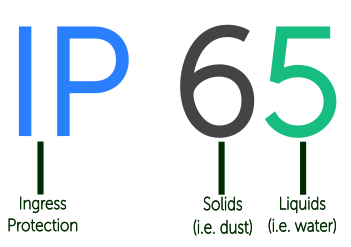
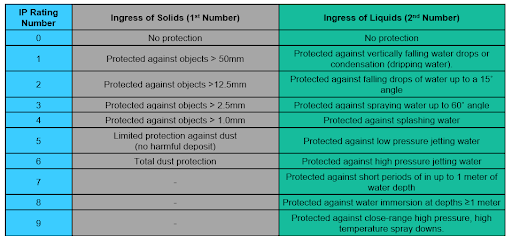
For most applications, the lowest rating considered “water resistant” is IPx4. This describes many older watches and means that the interior parts will keep working after a splash of water, but any more water will be an issue.
IPx5 is decent step up — if you spray your housing with water from any angle, the interior parts keep working. However, this level only stays waterproof if the spray is light, or just over 4 psi and relatively low flow. IPx5 is a good level for a “rain-proof” housing, which is why a lot of phone housings come from the factory with this level of waterproofing.
At IPx6, the testing is more intense. A housing must remain waterproof for several minutes with a 100-liter-per-minute jet at 15 psi. Most consumer electronics can’t survive this test, and if they can, their designers are bragging about their “IP Rated” product.
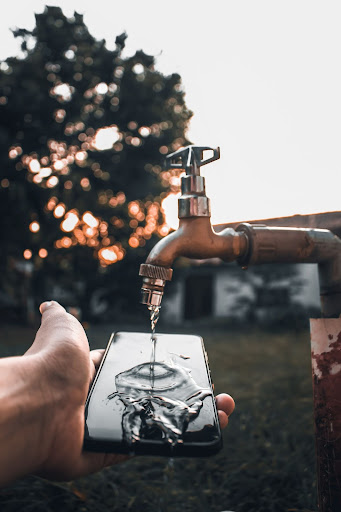
At IPx7, the test requires immersion in a meter of water for 30 minutes. If this test goes wrong, it goes really wrong, and you end up with scrap electrical parts.
Pro-tip: Just because your housing can withstand the static pressure of water at a one meter depth doesn’t mean that it can withstand the water jet test from IPx6, so test both if the design will need to resist forceful spray.
With IPx8 we reach the level of a GoPro’s housing. An IPx8 rating means that your housing can withstand long-term immersion in water of some specified depth — for GoPro, that depth is 60 meters. At that depth, the housings are guaranteed to stay sealed at a pressure of 87 psi — incredible!
At IPx9, the tests focus on close-range, high pressure and high temperature spray downs. At this level, the enclosures start having esoteric specialty designs, and it’s not difficult to imagine standard sealing mechanisms failing.
So, now that you know what the levels of waterproofness are, the question remains: How do you create a seal that withstands those tests?
The NEMA Rating System
The National Electrical Manufacturer Association (NEMA) created a rating system that determines how protected a product is by determining the product’s ability to withstand exposure to oil, corrosives, snow, and other elements. Unlike the IP rating system, NEMA is mostly used in industrial applications and deals with more than just protection from water and dust.
To use the NEMA rating system, you must first determine if the product is to be used indoors or outdoors. Next, you determine which elements the product may encounter, whether the product will be hosed down, and finally, if the product will be exposed to corrosive agents, oil, or coolant.
According to the system, for indoor use you can have a rating between 1 and 13, which correlates to an increase in protection against elements found indoors. Like the IP system, the higher the rating, the better the protection. For outdoor use, there are ratings of NEMA 3, 3R, and 3S. NEMA 4 correlates to products used in conditions containing high-pressure water, such as washdowns.
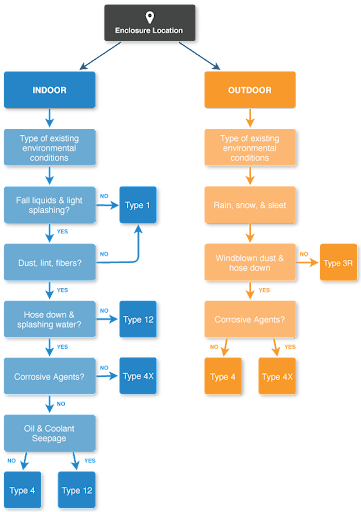
Designing Functional Seals
Though there are nearly an infinite number of different types of seals, three of the most common are face gaskets, static o-ring seals, and dynamic o-ring seals. I’ll cover each briefly, but if you want to really dig into the depths of o-ring design, the Parker O-ring Handbook is one of the best (and most boring!) resources on the subject.
One of the great things about o-rings is that they’re a well-known technology — the recommendations haven’t changed in 50 years — so they’re sure to keep your design waterproof.
Static O-ring Seals
Static o-rings applications represent an ideal scenario: The connection you’re trying to seal is more or less round, convex, and the two mating parts will stay together forever (unlike Brad and Angelina, *sigh*), or will at least be mated most of the time.
O-rings come in a wide variety of sizes, denoted by the “dash” number. And no, o-rings aren’t sprinters — the dash number is an ASTM designation that indicates a standard size (chart here). Generally, the larger the last two numbers, the larger the o-ring ID (inside diameter), while a larger first number indicates a larger cross-section diameter.

When using an o-ring as part of your seal design, you’ll need to design a groove where the o-ring can sit. Groove designs remain essentially the same whether you’re sealing two faces, a screw thread, or even a square peg in a round hole (Ok, maybe the last bit isn’t true, but the first two definitely are😉).
For the design, you need only to consider 4 elements:
- the internal diameter (ID) / internal perimeter (IP) — ID for round seals; IP for non-round seal shapes
- the percent stretch of the o-ring
- the cross-sectional diameter (aka o-ring width)
- the percent squeeze
The first step is to look at the ID of the seal, or calculate the IP if your shape isn’t round. For the GoPro case, this would be the sum of the four straight sides, plus the length of the four chords from the corner radii. Add these together, and you have your magic number. Just remember you’re looking for the internal perimeter, the inside of the groove, and you may end up calculating it a few times with different cross-section diameters.
Once you have the ID/IP, look at the ASTM charts to find your o-ring options with a similar, but smaller ID to account for the percentage stretch. For a static seal you’ll want the o-ring ID to be about 1-5% smaller than the groove ID. This gives the o-ring a tight fit against the sealing surface and keeps it from moving too much with external pressure.
Pro-tip: If you’re designing for internal pressure, you’ll want to consider the outside diameter instead, since that’s the sealing surface.

The width of the groove is based on the cross-sectional diameter of your o-ring, which is based on the estimated variation of the surfaces you’re sealing against. So, if you plan on a tolerance of +/- 0.010” on the surfaces that are sealing, an o-ring of 0.010” is going to have trouble sealing some of those gaps. Likewise, if you have high-tolerance machined parts, getting a ¼” thick o-ring will be overkill.
Once you’ve determined the o-ring width, you can calculate the width of the groove using the o-ring volume and the cross-sectional areas of the groove and o-ring. In order to create a seal, you’ll need to compress the o-ring, and you need to plan on 10%-40% compression (also called the squeeze) of the o-ring. Also, make sure that the maximum cross-sectional area of the o-ring (including variations from tolerance) is smaller than the minimum cross-sectional area of the groove.
Tired of running numbers yet? Good news — we’re almost done, and you’ll finally be able to seal your housings tighter than the X-Files.Pro-tip: Check out our article on O-Ring Groove (Gland) Design

Dynamic O-ring Seal
Using a dynamic seal doesn’t mean you can open a housing underwater. However, many times parts need to move while exposed to rain or while submerged. So, how do you ensure the container stays waterproof?
Well, dynamic seals are just like static seals, but with less compression and more lubrication. All the rules and percentages apply, except that for a dynamic seal you need only 10%-30% compression.
Gasket Design
Gasket design could be an article by itself. Or a book. Or perhaps even a small library. Generally, here’s the main thing you need to know about using gaskets as opposed to o-rings: gaskets excel in applications requiring complex face-to-face seals, especially with multiple cavities.
And today, we’re just looking at waterproof gaskets — so we can throw out everything needed for internal combustion engines and extreme high-pressure seals (sorry gearheads).
As with o-rings, for gaskets you need to consider the compression needed for your application and gasket thickness based (generally) on the tolerances of the two mating faces. The great thing about gasket design is that gaskets are generally custom, so no iterative calculations on standard sizes required. Yay for bespoke designs!
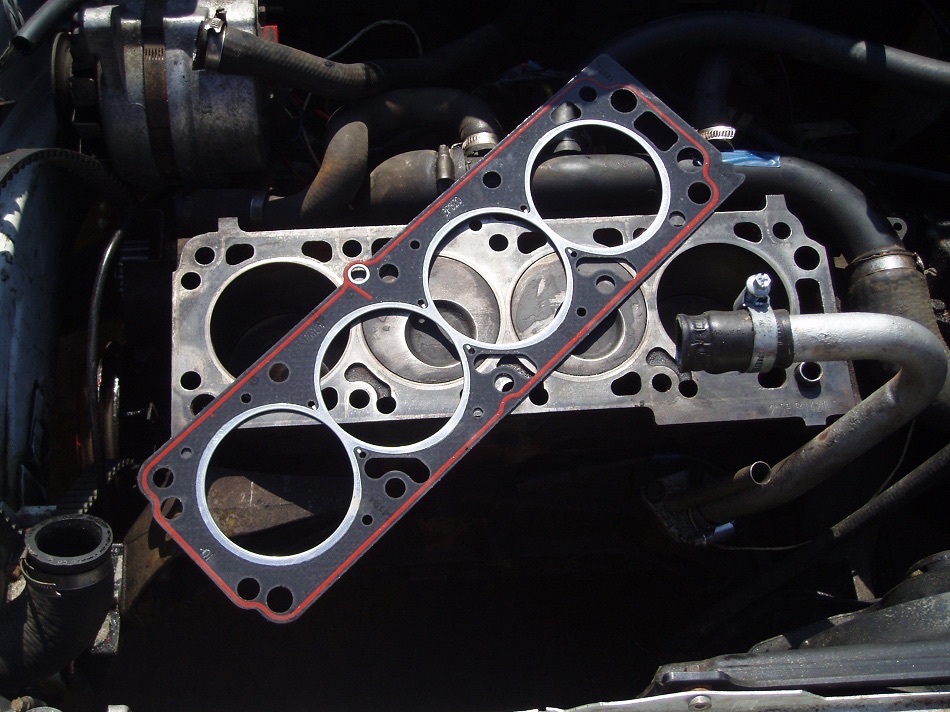
With custom options, though, comes responsibility. When bolted together, the surfaces will warp between bolts. So, you must consider how to space the mounting hardware to sufficiently minimize the warp and still seal with the thickness of your specified gasket. What?
Basically, if you bolt two parts together on the four corners, the center area will be further apart than the corners. If that gap is greater than the thickness of your gasket, your housing will leak. Likewise, if the gasket is too hard and doesn’t allow for the roughness of the two surfaces, your housing will leak — so you need gasket material soft enough to accommodate machining marks unless you specify a smooth surface.
A Note on Compression Set
One of the consistent problems faced in using rubber seals is creep (not Radiohead, and not the kid in your class that kept staring at you) — the characteristic of elastomers that makes them tend to take on the shape of the surfaces around them and lose their original shape. The primary solution for creep is careful material selection. Many rubber-like materials developed since the beginning of the Space Age have been focused on reducing creep.
Pro-tip: I recommend researching materials heavily before selection, using MatWeb and the Parker website as guides to materials.
Buttons
For most consumer applications and many industrial ones, the electronics will have some sort of interface that will need to allow for, well, humans to interface with them. Buttons are the most common interface method. For low-pressure applications, a molded rubber button that seals to the housing is common. They are cheap and easy, and more details can be found in this article on button design.
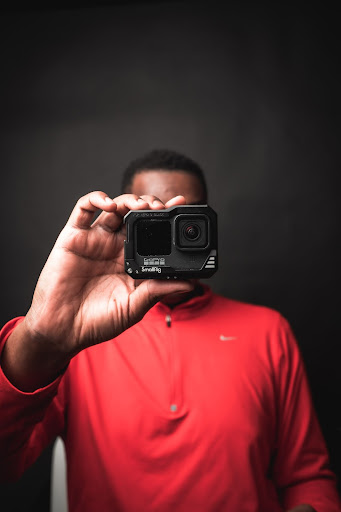
Another option is a button made of a hard material, like stainless steel, which passes through the housing using a dynamic o-ring seal. This kind of button is typically used in heavy-duty applications like undersea housings, where high pressure could accidentally activate soft rubber buttons. Hard buttons are also common in places where tough chemical compounds make a rubberized button likely to fail.
Similarly, nearly any type of switch, from slide switches to knobs, can be designed into the housing using the calculations for a dynamic o-ring seal. But remember: More seals in your design means more seals that can fail. Use them with caution.
Waterproof Prototyping Recommendations
When designing a housing, lower resolution materials are great for getting the fit, function, and aesthetics right before you test the waterproof capabilities of the design. 3D printed PLA is a great first pass to see what the enclosure looks like, and materials like 3D printed ABS and Nylon work for testing part interfaces. And if you do decide to go with custom gaskets, you can try out the fit with a printed rubber-like first prototype.
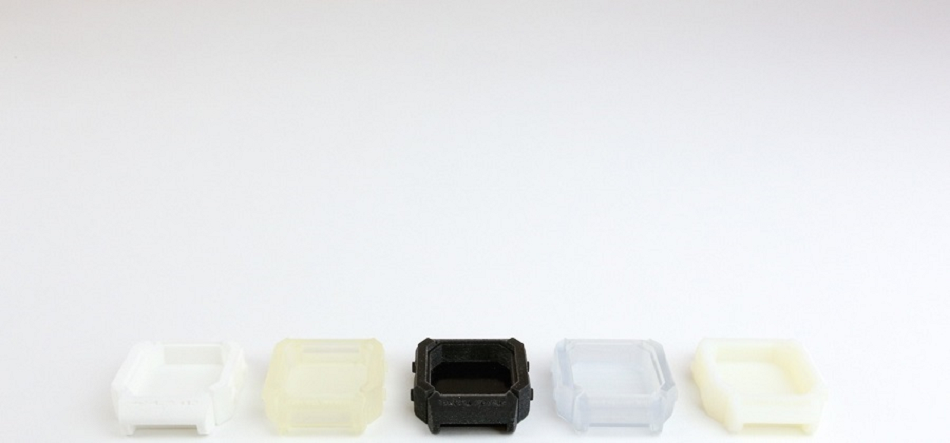
However, I wouldn’t put the electronics in one of these housings and throw it in the swimming pool — you’ll need to use high-resolution materials to get a seal against o-rings or gaskets. For that, you need material like VeroWhite/VeroBlack, ABS, or VisiClear. These materials print with high accuracy, so you can get a good quality seal.
For very high-pressure seals, you’ll need to take one step further and go with a CNC machined prototype to ensure control over the surface quality, before testing the design in deep water. Fictiv has the CNC manufacturing capabilities to keep costs down while giving you the high quality you’ll need for these types of tests. Check out the Fictiv Capabilities Guide for more details.
Main Takeaways
Whether your next design project is going to experience the extremes of a mission to Mars or is merely required to keep electronics safe during a light rain (or from a cup of coffee) you know know what to do:
- Plan your interfaces
- Check a few numbers to determine the size of your o-rings
- Choose the right button styles for your application
Then you, your teammates, and most importantly, your boss can rest easy, knowing your enclosure is fully waterproof.










